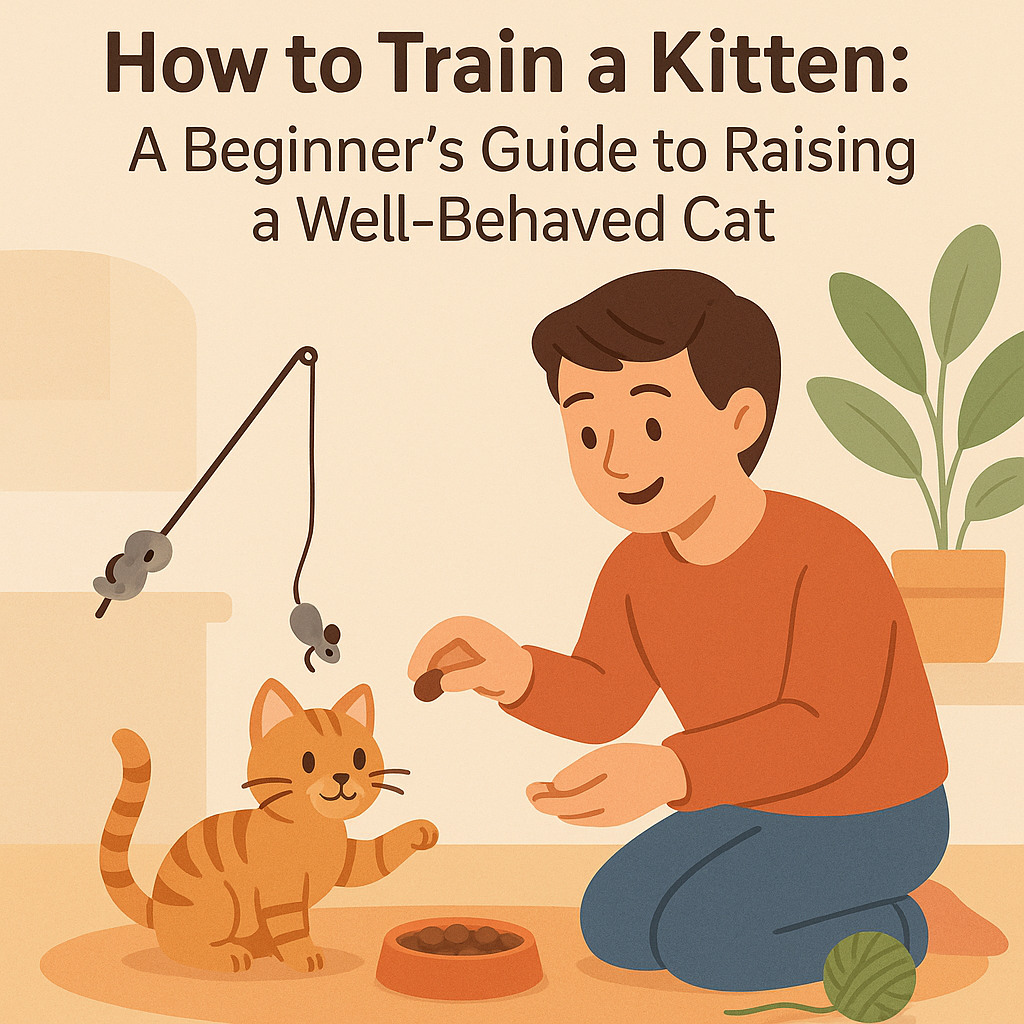
Cat Grooming: Why It's Important and How to Do It Right
Grooming is an essential part of a cat’s overall health and well-being. While cats are known for their cleanliness and self-grooming habits, they still benefit greatly from regular grooming by their owners. Proper grooming not only keeps your feline friend looking great but also helps prevent health issues and strengthens the bond between pet and owner.
Table of Contents
Why Grooming Is Important
Even though cats are meticulous groomers, there are several reasons why they still need your help:
- Reduces Shedding and Hairballs
Brushing your cat regularly helps remove loose fur, which minimizes shedding around the home and reduces the risk of hairballs forming in your cat’s digestive tract. - Prevents Mats and Tangles
Long-haired breeds like Persians or Maine Coons are especially prone to matting. Mats can be painful and lead to skin infections if not addressed. - Keeps Skin Healthy
Regular grooming helps distribute natural oils evenly across your cat’s coat, promoting healthier skin and a shinier appearance. - Early Detection of Health Issues
Grooming gives you a chance to check for lumps, wounds, parasites, or other irregularities you might not notice otherwise. - Promotes Bonding
Grooming sessions can be a relaxing experience for your cat when done properly, strengthening your bond and building trust.

Basic Cat Grooming Tips
Here’s how you can effectively groom your cat at home:
1. Brushing
- Short-haired cats: Once or twice a week with a soft-bristled brush.
- Long-haired cats: Daily brushing with a wide-tooth comb followed by a slicker brush.
2. Bathing
Most cats don’t need frequent baths unless they get into something dirty or sticky. Use cat-specific shampoo and always make sure the water is warm (not hot). Towel-dry gently and keep your cat in a warm place until fully dry.
3. Nail Trimming
Trim your cat’s nails every 2–4 weeks. Use a pet nail clipper and avoid cutting the quick (the pink area inside the nail). If you’re unsure, ask your vet or groomer for guidance.
4. Ear Cleaning
Check your cat’s ears for wax buildup or dirt. Use a vet-approved ear cleaner and a soft cloth or cotton ball — never insert anything into the ear canal.
5. Dental Care
Brush your cat’s teeth with cat-specific toothpaste and a small toothbrush. Regular brushing helps prevent gum disease and bad breath.
6. Eye Care
Gently wipe any discharge from your cat’s eyes with a damp cotton ball. Use a separate one for each eye to avoid spreading infections.

Professional Grooming vs. At-Home Grooming
While many cat owners prefer grooming their cats at home, professional groomers can handle tasks that may be more difficult, such as trimming a matted coat or handling a nervous cat. If your cat becomes overly stressed during grooming, or if you’re unsure how to do something safely, it’s best to consult a professional.
Conclusion
Cat grooming is more than just keeping your pet looking pretty — it’s a critical part of their health and happiness. Whether you’re brushing out tangles, trimming nails, or simply spending quiet time together, grooming helps you connect with your cat and ensure their comfort and well-being.


